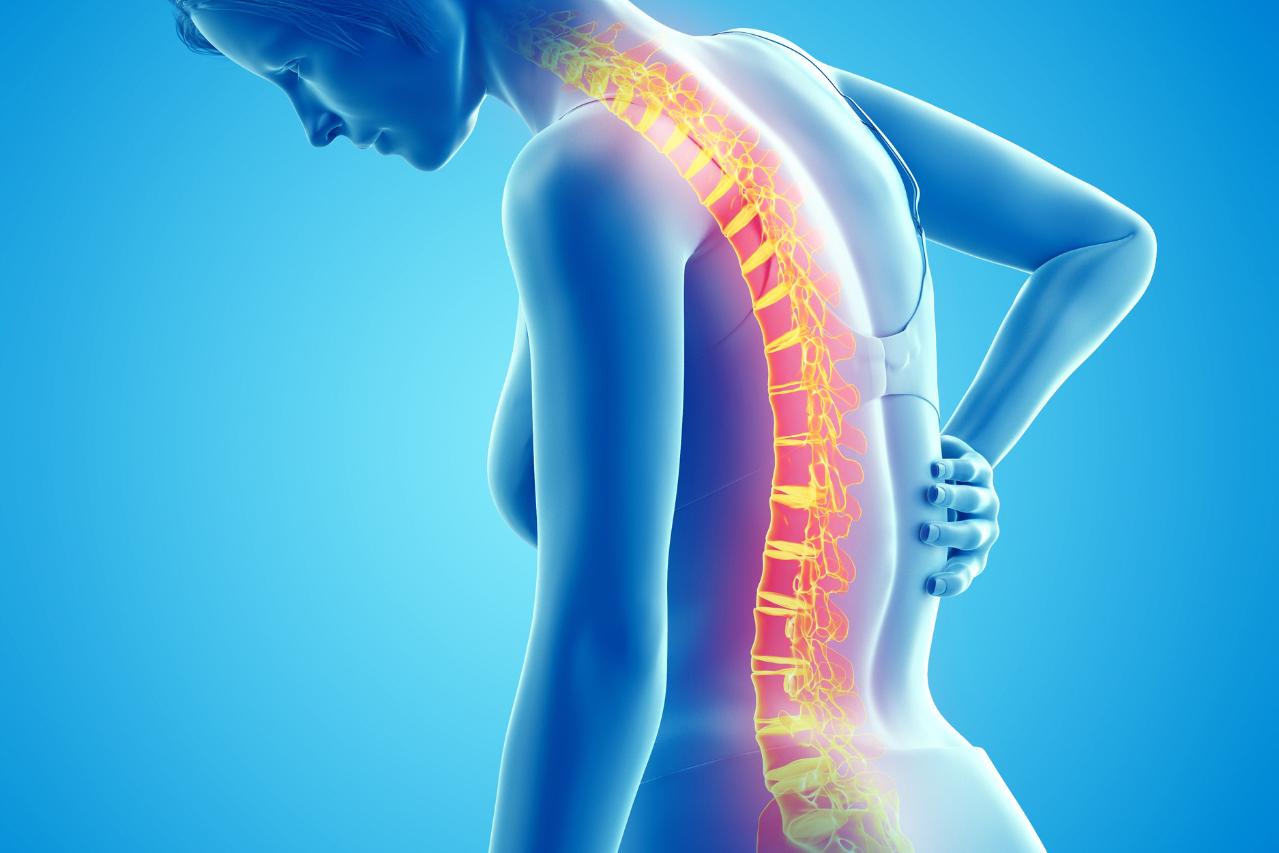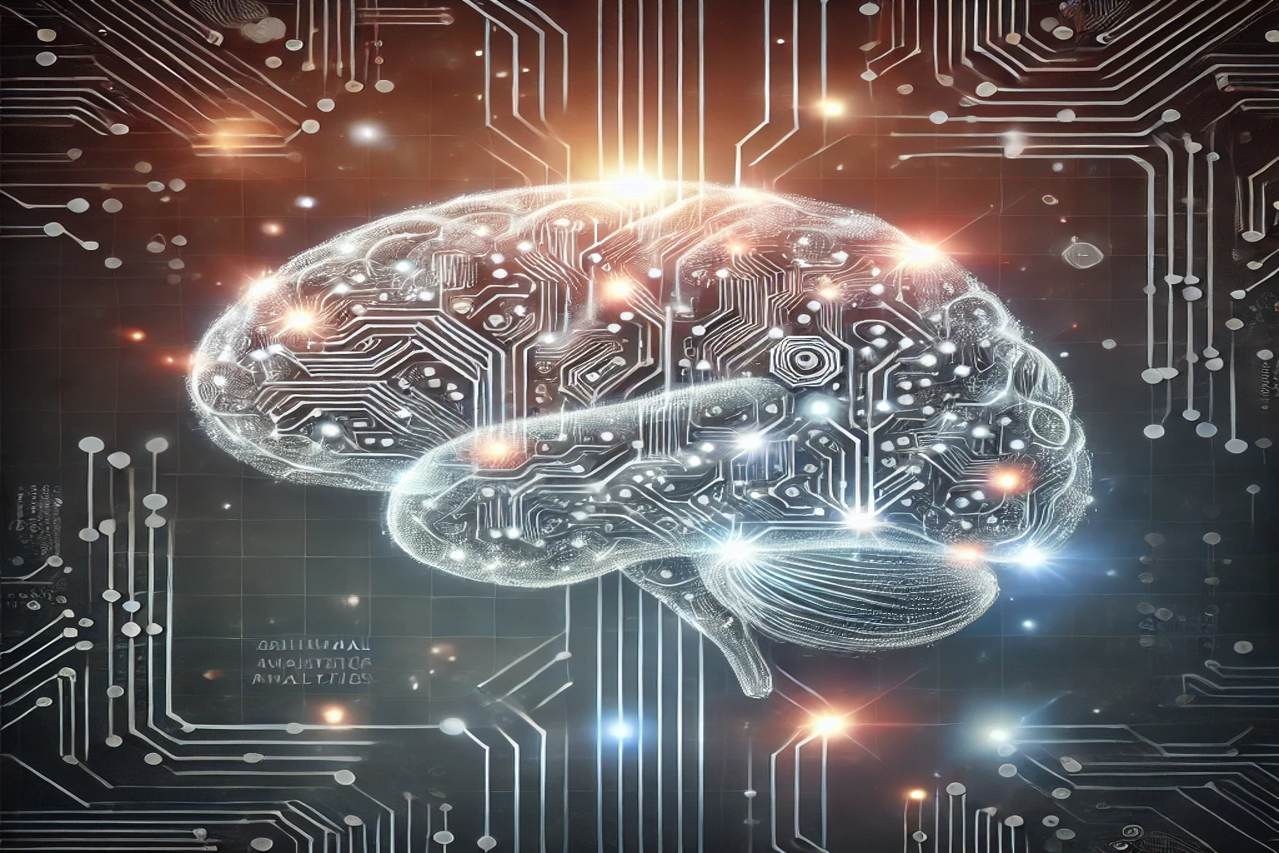Rheumatoid arthritis (RA) is a prevalent autoimmune disorder that impacts about 17 million people globally. This condition occurs when immune cells mistakenly attack the joints, causing persistent pain, inflammation, and damage to cartilage and bone structures. A common complication of RA is osteoporosis, a more severe condition that arises from both immune-driven bone damage and as a side effect of certain RA medications.
In research published in APL Bioengineering by AIP Publishing, scientists from Da-Chien General Hospital, China Medical University, and Chang Gung University employed advanced bioinformatics and machine learning techniques to identify two genes—ATXN2L and MMP14—closely associated with both rheumatoid arthritis and osteoporosis. These findings point to potential biomarkers and therapeutic targets that could improve diagnosis and treatment for individuals suffering from these interconnected diseases.
Both rheumatoid arthritis and osteoporosis involve apoptosis, or programmed cell death, a process by which immune cells eliminate dysfunctional or unnecessary cells. However, disruptions in apoptosis can cause immune cells to erroneously attack healthy tissues, leading to complications like RA and osteoporosis. Seeking connections between these diseases, researchers mined extensive genetic databases to compare sequenced genomes from individuals affected by both RA and osteoporosis.
To manage and analyze this vast genetic dataset, the research team turned to modern computational approaches. “By applying machine learning tools like Lasso and Random Forest, we could pinpoint genes actively involved in both rheumatoid arthritis and osteoporosis,” noted lead researcher Dr. Lo. Their analysis identified two significant genes: ATXN2L, which plays a role in regulating apoptosis, and MMP14, which is involved in forming extracellular tissue, including cartilage. Abnormalities in ATXN2L may lead to simultaneous manifestations of RA and osteoporosis, while MMP14 could contribute to cartilage breakdown in RA.
The identified genes hold potential as diagnostic markers and treatment targets. “These genes are involved in immune response and bone health regulation, suggesting they could help in early diagnosis or even serve as therapeutic targets for both diseases,” said Dr. Lo. Future research will focus on validating these findings through experimental studies and investigating targeted therapies. Moreover, the team aims to leverage AI and machine learning to develop personalized treatment strategies that could predict osteoporosis risk in RA patients, potentially allowing for early intervention.
This research represents a promising direction for precision medicine, where genetic insights and advanced analytics come together to improve outcomes for individuals facing chronic and interlinked diseases like RA and osteoporosis.
Are you interested in how AI is changing healthcare? Subscribe to our newsletter, “PulsePoint,” for updates, insights, and trends on AI innovations in healthcare.




